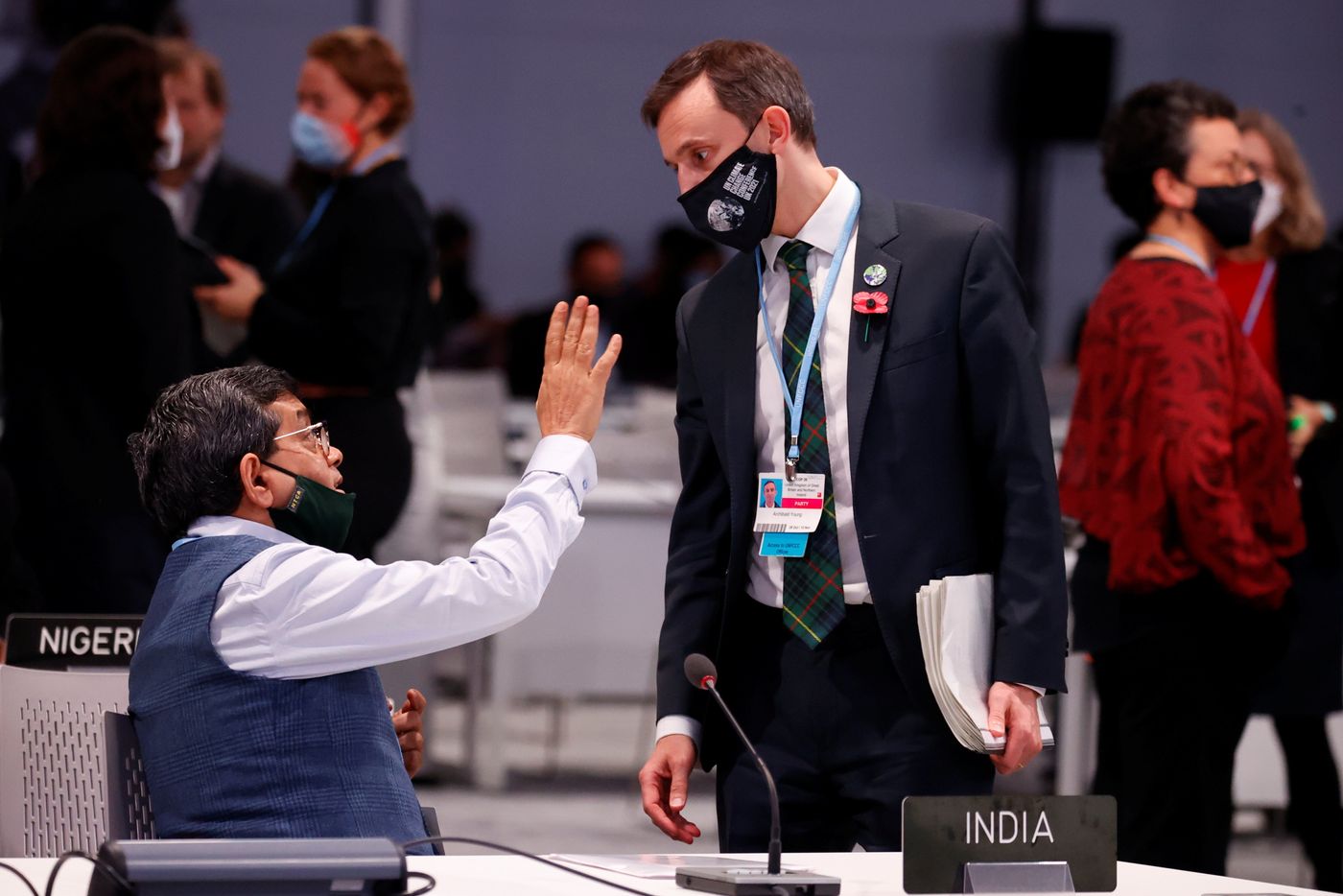
More than 190 nations reached a deal at the United Nations summit here that aims to accelerate greenhouse-gas-emissions cuts across the world, but leaves big questions over how governments will follow through in the coming decade to try to avert the worst effects of global warming.
Supporters say the deal—struck Saturday evening after two weeks of negotiations—signals new determination among the world’s governments to shift away from burning fossil fuels, the main source of greenhouse gases that scientists say are causing the earth to warm. The agreement, though, features weaknesses that have hamstrung U.N. climate talks over the decades.
It has no enforcement mechanism, relying instead on the good faith of the world’s governments to adhere to its rules as best they can. In key areas, it doesn’t require nations to act, but merely urges or requests them to do so, reflecting wiggle room that was needed to achieve consensus among all governments.
U.S. Secretary-General António Guterres reflected the disappointment of many delegates in not getting more concrete commitments through a process that required signoff from almost all of the world’s governments.
“The approved texts are a compromise,” he said. “They reflect the interests, the conditions, the contradictions and the state of political will in the world today.”
He said the deal makes important steps forward “but unfortunately the collective political will was not enough to overcome some deep contradictions.”
U.S. climate envoy John Kerry said the agreement accomplished several U.S. goals and brought the world “closer than ever before to avoiding climate chaos.”










